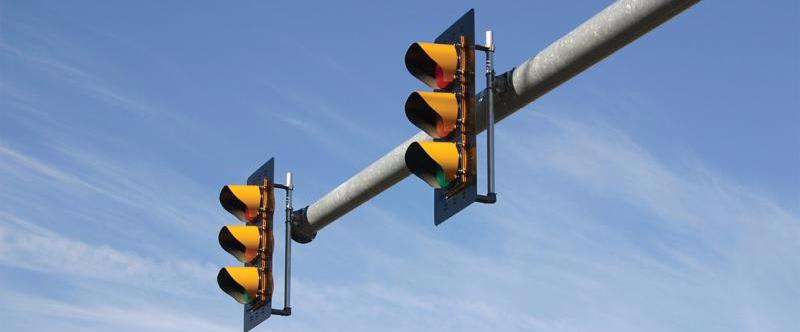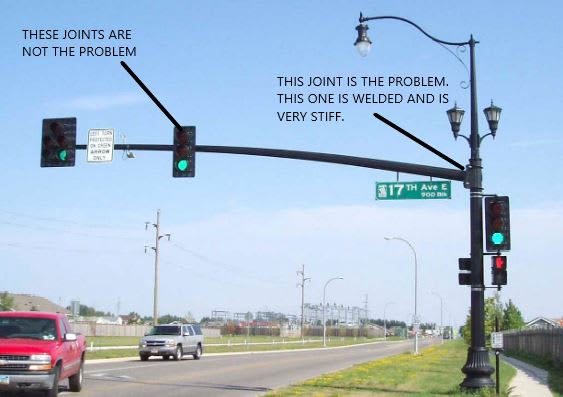I'm working on a project that would benefit from cheap tubing as a frame. However, I'm not too familiar with some of the methods of fixing them together.
I attached a basic view of the structure. Yes, made in paint, but it gets the point across I think.
Some examples of how I imagine it fitting together would use something like a clamp that fits around the tube and tightens with a couple bolts:
My problem is that I'm not too familiar with this market/engineering.
Are there any standards that I should know/would be helpful to know?
And most importantly, are there equations for these fittings for how much they can hold.
As you (might) be able to see, a lot of the force is down, and runs along the length of one of the pipes. I'm concerned that this wouldn't support much weight.
I would like to see if they can hold up about 10 lbs and a bit of occasional vibration.
I might be dumb and am going in the wrong direction. Maybe there is some better material for this.
Edit: here is a better example
I attached a basic view of the structure. Yes, made in paint, but it gets the point across I think.
Some examples of how I imagine it fitting together would use something like a clamp that fits around the tube and tightens with a couple bolts:
My problem is that I'm not too familiar with this market/engineering.
Are there any standards that I should know/would be helpful to know?
And most importantly, are there equations for these fittings for how much they can hold.
As you (might) be able to see, a lot of the force is down, and runs along the length of one of the pipes. I'm concerned that this wouldn't support much weight.
I would like to see if they can hold up about 10 lbs and a bit of occasional vibration.
I might be dumb and am going in the wrong direction. Maybe there is some better material for this.
Edit: here is a better example


